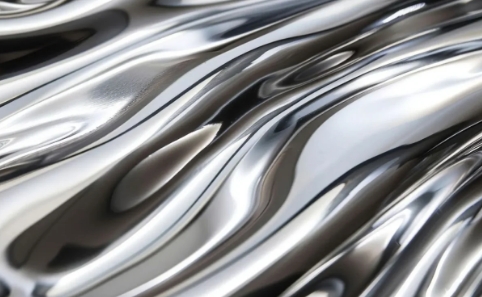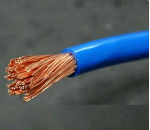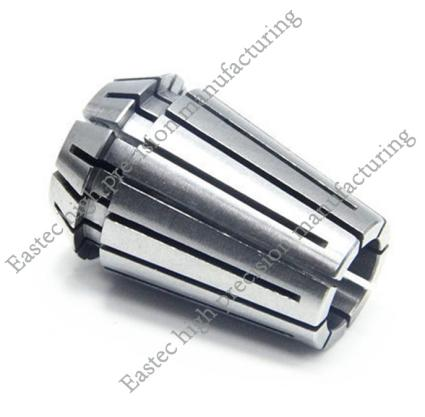The stepover parameter affects the surface finish and quality, as well as the total machining time and cost of the part. Depending on what’s most important, some parts may require a smaller or larger stepover.

Smaller stepovers (5 – 25% of the tool diameter) are used when surface finish is critical. Examples include highly visible parts, precision molds, and many aerospace, medical, and optical components. Keep in mind that while smaller stepovers generally produce a finer surface finish, there is a point of diminishing returns. Extremely small stepovers may increase machining time significantly without a proportional improvement in surface roughness (often quantified as Ra). Therefore, balancing stepover with desired surface roughness is crucial to ensure efficiency.
Larger stepovers (e.g., 40 – 60% of the tool diameter) are used when machining efficiency is essential or when surface finish is not a critical design feature. Larger stepovers enable quicker material removal. Example applications include large production runs, or when significant amounts of material need to be removed.
Sometimes, a larger stepover is used in what’s known as a roughing pass. A smaller stepover is then used in a finish pass. This is a common practice with parts such as the molds that are used in the automotive industry. This CNC final pass stepover can improve finish quality cost-effectively.
With CNC machining, be sure to keep in mind the distinction between surface finish and surface finishing, which can include additional processes.
Smaller Stepovers
When a stepover is smaller, the distance between successive tool passes is less. This minimizes the height of the peaks and valleys left by the cutting tool, which results in a smoother surface finish. Because each pass of the tool overlaps more closely with the previous pass, there are fewer visible tool marks. Machining takes longer, however, and the speed of material reduction is less.
Smaller stepovers allow cutting tools to capture finer details and more complex part geometries. This is particularly important in finishing operations where the goal is to achieve both high precision and fine surface detail. To develop toolpath algorithms that can accurately and efficiently machine these intricate features, software developers and engineers must consider factors such as tool geometry, material properties, and machine capabilities.
Pros:
Improved surface finish due to less space between tool passes.
Better detail capture for complex geometries.
Even distribution of tool wear across the cutting edge.
Cons:
Increased tool wear due to the higher number of passes required.
Longer machining times that can be less efficient, especially for harder materials where cumulative wear can become significant.
Larger Stepovers
Larger stepovers have a greater distance between tool passes. The result is higher peaks and deeper valleys on the part’s surface, or a more noticeable wavy pattern, as larger stepovers also produce a rougher texture with more noticeable tool marks, which can affect the part’s visual and tactile qualities. More material is removed, however, and a larger stepover can be followed by a smaller one to smooth out the surface.
The table below describes the relationship between stepover, surface finish, and machine efficiency. Note the tradeoffs and remember that a larger stepover can be followed by a smaller one.
| Stepover | Surface Finish | Machining Efficiency |
| Smaller | Finer | Less |
| Larger | Rougher | More |
While larger stepovers can reduce overall machining time, they may concentrate wear on a smaller section of the cutting edge. This concentrated wear can shorten tool life, particularly in harder materials or with more aggressive cutting parameters. However, by carefully balancing stepover size with cutting speed and depth of cut, machinists can optimize tool life while maintaining acceptable surface finish and machining efficiency.





 Customer service 1
Customer service 1  Customer service 2
Customer service 2